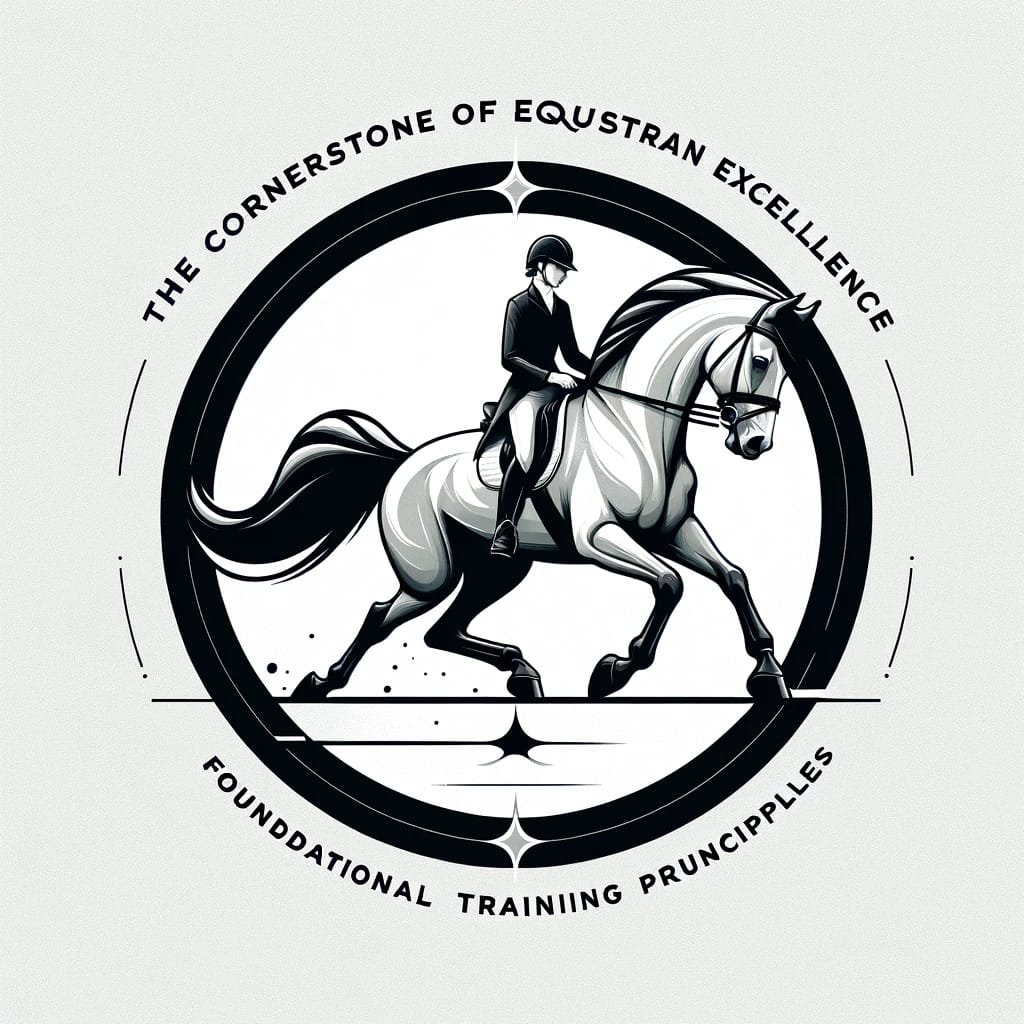
8 riding tips or techniques
Improving your riding skills requires a blend of knowledge, practice, and a deep connection with your horse. Here are some essential tips and techniques to enhance your riding, whether you’re a novice or looking to polish your skills further:
1. Develop a Strong Foundation
- Posture: Maintain a correct and balanced posture. Sit up straight, with your shoulders back and down, and your weight distributed evenly on your seat bones. Your legs should hang naturally from the hips, with heels down and toes slightly turned out.
- Hands: Keep your hands steady and soft, with a slight bend in your elbows. Imagine holding a small bird in each hand — firm enough not to let it escape, but gentle enough not to harm it.
2. Effective Communication
- Cues and Aids: Understand and master the basic cues for directing your horse, such as leg aids, seat adjustments, and rein signals. Clear and consistent cues help in building trust and responsiveness.
- Listen to Your Horse: Riding is a two-way conversation. Pay attention to your horse’s body language and feedback. Adjust your cues and riding style according to the signals your horse is giving you.
3. Balance and Stability
- Core Strength: A strong core is vital for maintaining balance in the saddle. Incorporate exercises that strengthen your abdominal muscles into your fitness routine.
- Stability in Motion: Practice exercises that enhance your stability while moving, such as rising trot without stirrups or working in a two-point position to improve balance.
4. Progressive Training
- Start Slow: Begin each session with a warm-up to prepare both your and your horse’s muscles. Start with simpler tasks and gradually increase complexity.
- Consistency and Patience: Regular practice is key. Be patient with yourself and your horse as you work through challenges.
5. Versatility in Riding
- Explore Different Disciplines: Trying different riding disciplines can be beneficial. Each discipline, whether it’s dressage, jumping, or trail riding, can teach you and your horse new skills and improve your overall riding abilities.
- Cross-Training: Engage in activities outside of riding to improve your flexibility, strength, and endurance. Yoga, Pilates, and swimming are great for riders.
6. Mindset and Connection
- Build a Bond: Spend time with your horse outside of riding. Grooming, ground exercises, and simply being around each other can strengthen your bond.
- Positive Mindset: Maintain a positive and calm demeanor. Horses are incredibly sensitive to our emotions, and a positive mindset can make your training sessions more productive.
7. Seek Professional Guidance
- Lessons: Regular lessons with a qualified instructor can provide personalized feedback and structured progression in your riding journey.
- Clinics and Workshops: Participating in clinics and workshops can expose you to new ideas, techniques, and the expertise of renowned trainers.
8. Health and Safety
- Equipment Check: Always ensure your tack is in good condition and properly fitted. Safety gear, like a certified helmet and appropriate footwear, is non-negotiable.
- Horse’s Health: A healthy horse is a happy partner. Regular vet checks, proper nutrition, and care are crucial for your horse’s well-being and performance.
Remember, riding is a journey, not a destination. Celebrate your progress and the unique relationship you have with your horse. Keep learning, stay curious, and enjoy every moment in the saddle!
Online ressources , books or manuals to consult
For those looking to deepen their understanding and skills in horse riding and care, a wealth of resources is available ranging from online platforms to traditional books and manuals. Here’s a curated list of resources that come highly recommended within the equestrian community:
Online Resources
- The Horse: A comprehensive website offering a vast array of articles on horse care, health, management, and riding tips. It’s a great starting point for evidence-based information. (thehorse.com)
- Dressage Training TV: Offers detailed video tutorials and courses on dressage, from basics to advanced techniques, making it ideal for learners at all levels. (dressagetraining.tv)
- Eventing Nation: A go-to source for news, updates, and articles on the eventing scene worldwide. It also features training tips and insights from top eventing professionals. (eventingnation.com)
- EquestrianCoach.com: Providing an extensive library of videos covering a wide range of disciplines, taught by world-renowned coaches and riders. (equestriancoach.com)
- USEF Learning Center: The United States Equestrian Federation offers educational videos, articles, and resources on various equestrian disciplines, horse care, and competition rules. (usef.org/learning-center)
Books and Manuals
- “Centered Riding” by Sally Swift: A classic book that introduces innovative techniques for improving balance, fluidity, and effectiveness in the saddle, emphasizing the mental and physical connection between horse and rider.
- “101 Dressage Exercises for Horse and Rider” by Jec Aristotle Ballou: Provides a comprehensive collection of exercises aimed at enhancing precision, grace, and flexibility in both horse and rider, suitable for beginners to advanced competitors.
- “The Complete Horse Care Manual” by Colin Vogel: A definitive guide covering all aspects of horse care, including feeding, grooming, health care, and stable management. It’s an essential reference for any horse owner.
- “The Principles of Riding” (The German National Equestrian Federation): Offers a thorough overview of basic riding principles, horse care, and training techniques based on the German training system. It’s considered a fundamental text for riders of all disciplines.
- “Equine Science” by Sarah Pilliner and Zoe Davies: A comprehensive guide to the science behind horse care and management, covering anatomy, physiology, nutrition, and health care. Ideal for those interested in a deeper understanding of equine biology.
Additional Resources
- Podcasts and Webinars: There are numerous equestrian-themed podcasts and webinars that offer insights, interviews, and discussions on a wide range of topics, from training tips to horse health advice.
- Social Media and Forums: Platforms like Instagram, Facebook, and specific equestrian forums can be valuable for connecting with other enthusiasts, sharing experiences, and learning from a community of horse lovers.
- Local Libraries and Equestrian Centers: Don’t overlook the possibility of finding great resources and advice closer to home. Local libraries often carry equestrian books, and equestrian centers may offer clinics, workshops, and seminars with experienced professionals.
Diving into these resources will provide you with a broad spectrum of knowledge and techniques to apply to your riding and horse care practices. Always seek out reputable sources and consider consulting with equestrian professionals for guidance tailored to your specific needs and goals.

Here’s an illustration that captures the essence of a peaceful morning ride on an equestrian farm. It beautifully illustrates the bond between horse and rider, set against the backdrop of a serene farm landscape at sunrise. This image embodies the tranquility, harmony, and joy of the equestrian lifestyle, reflecting the deep connection and quiet moments shared with horses.

